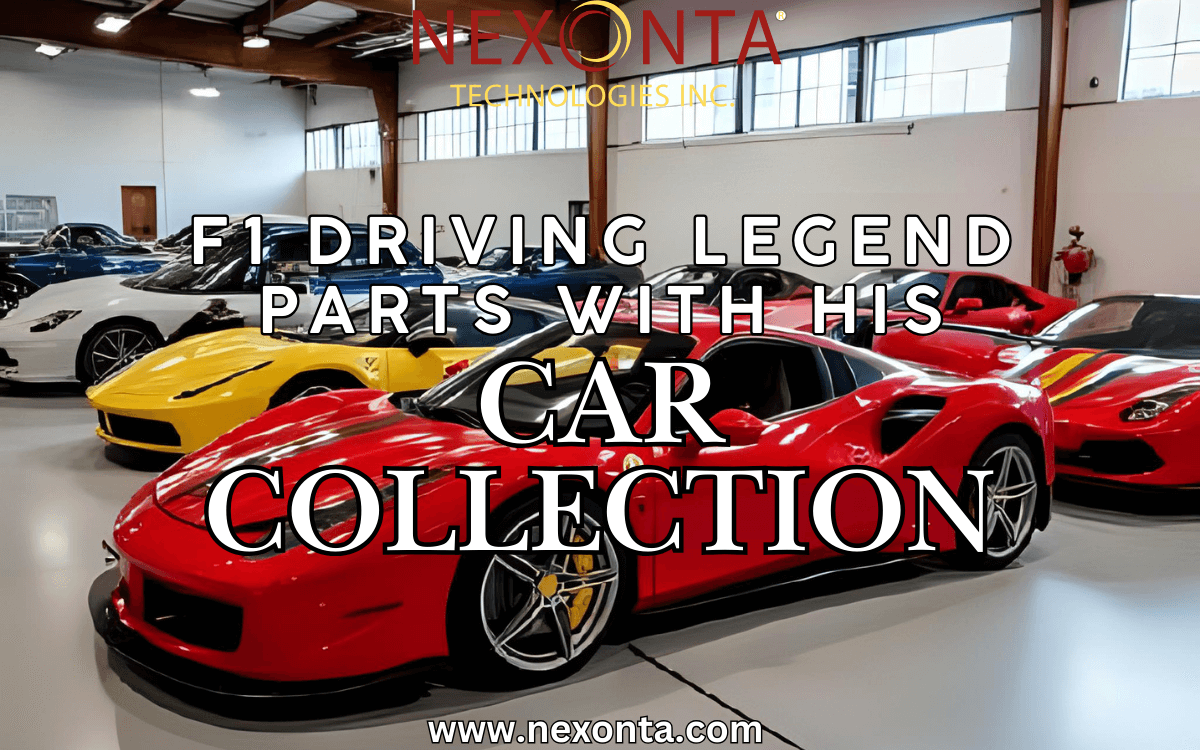23 September 2025

Before You Start a Collection, Check These 5 Boxes
Starting a collection is exciting. It’s the thrill of the hunt, the pride of ownership, and the joy of building something that feels uniquely yours. But even icons think carefully before they start a new one. Take Lewis Hamilton, for example. The seven-time Formula 1 world champion made headlines when he got rid of his car collection—yes, the guy who drives the fastest machines in the world—so he could focus on his new passion: collecting art.
That move shows something important. A great collection isn’t just about what you collect—it’s about why you collect it. Before you dive in headfirst, it’s worth slowing down just long enough to ask yourself a few key questions. Because when you get this part right, your collection becomes more than a hobby. It becomes part of your story.
Here are five boxes you’ll want to check before deciding where to put your time, money, and energy.
1. Does it line up with your values?
Your collection should feel like an extension of you. If you care about sustainability, maybe vintage or upcycled items are your thing. If creativity fuels you, art, music, or design pieces might be the way to go. Whatever you choose, it should make you feel good about what you’re building—not conflicted.
Lewis Hamilton is a perfect example here. For years, his car collection didn’t align with his growing commitment to sustainability. So he sold it and shifted into art—a field that reflects creativity, culture, and personal expression. He didn’t just pick a collection at random; he chose one that lined up with his values.
2. What’s the cost?
Collections can sneak up on your wallet if you’re not careful. Hot Wheels might seem cheap… until you’ve bought 200 of them. On the flip side, comic books, watches, or art can get pricey fast. Decide on your budget early so you can collect with excitement, not guilt.
3. Will it last?
Some collections age well—coins, stamps, vintage cars, even sneakers. Others may fizzle out when trends change. Longevity doesn’t just mean financial value, though. It’s also about whether the collection will still matter to you ten years from now. Think beyond the “shiny new” phase.
Hamilton’s move to art shows the power of longevity too. A car collection might have incredible financial value, but an art collection carries both cultural weight and personal meaning that can last a lifetime.
4. How much time does it take?
Let’s be real: some collections demand time. Hunting down rare finds, preserving condition, or learning the history behind items can become a part-time job. Others are more casual—grab-and-go, display, enjoy. Neither is wrong, but know yourself. If you don’t have the time, choose a collection that fits your lifestyle.
5. Does it do good in the world?
This is the moral checkmark. Does your collection make the world (or even just your corner of it) a little brighter? Maybe you’re preserving culture, supporting small creators, recycling the old into something new, or simply sparking joy for others when you share it. And here’s the kicker: are you proud to be associated with it? If the answer is yes, that’s a strong green light.
This is another reason Hamilton’s switch is so powerful. By leaving behind his gas-guzzling car collection and stepping into art, he aligned his collecting habits with his environmental advocacy. That choice doesn’t just feel good for him—it sets an example for millions who look up to him.
Final Thought
Starting a collection is more than gathering stuff—it’s about creating meaning. When you check these boxes—values, cost, longevity, time, and impact—you’re not just curating objects. You’re building a reflection of who you are and what you care about.
And that’s a collection worth showing off.



